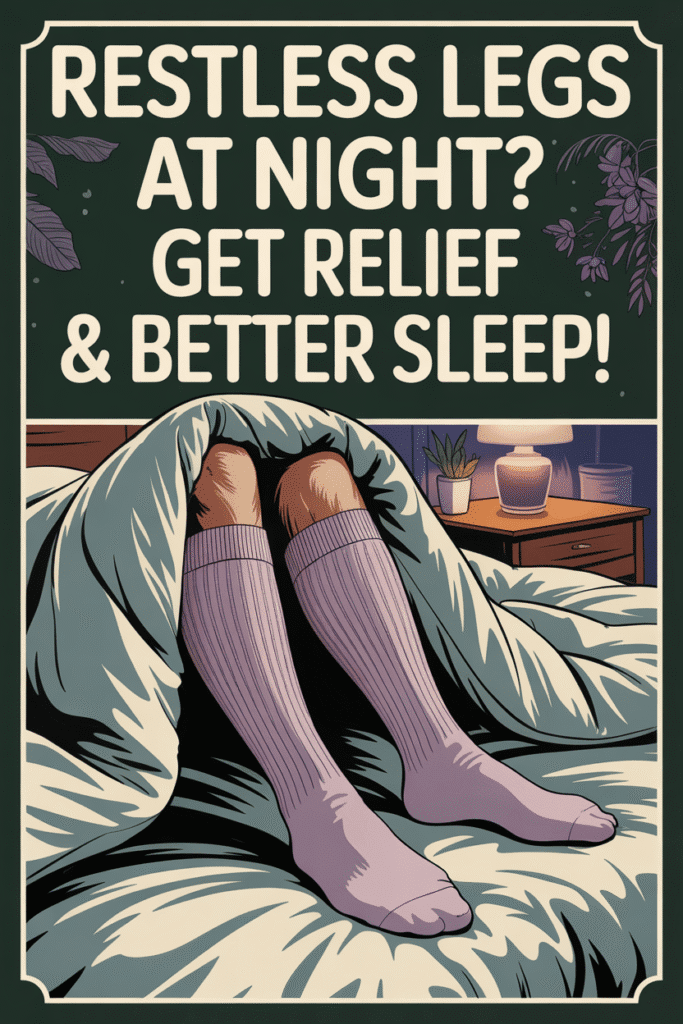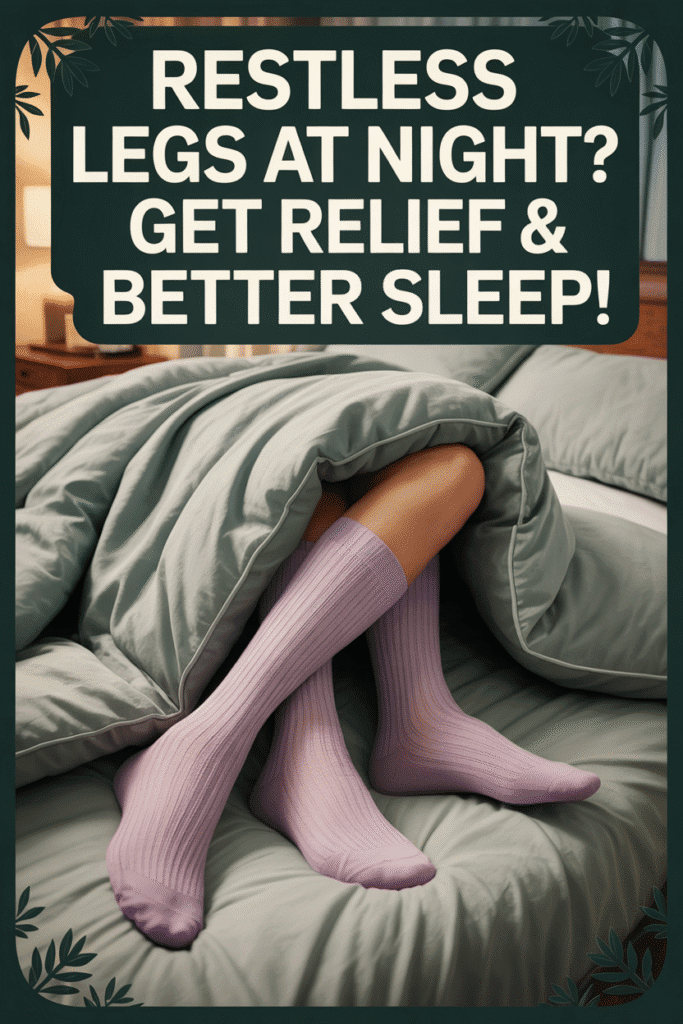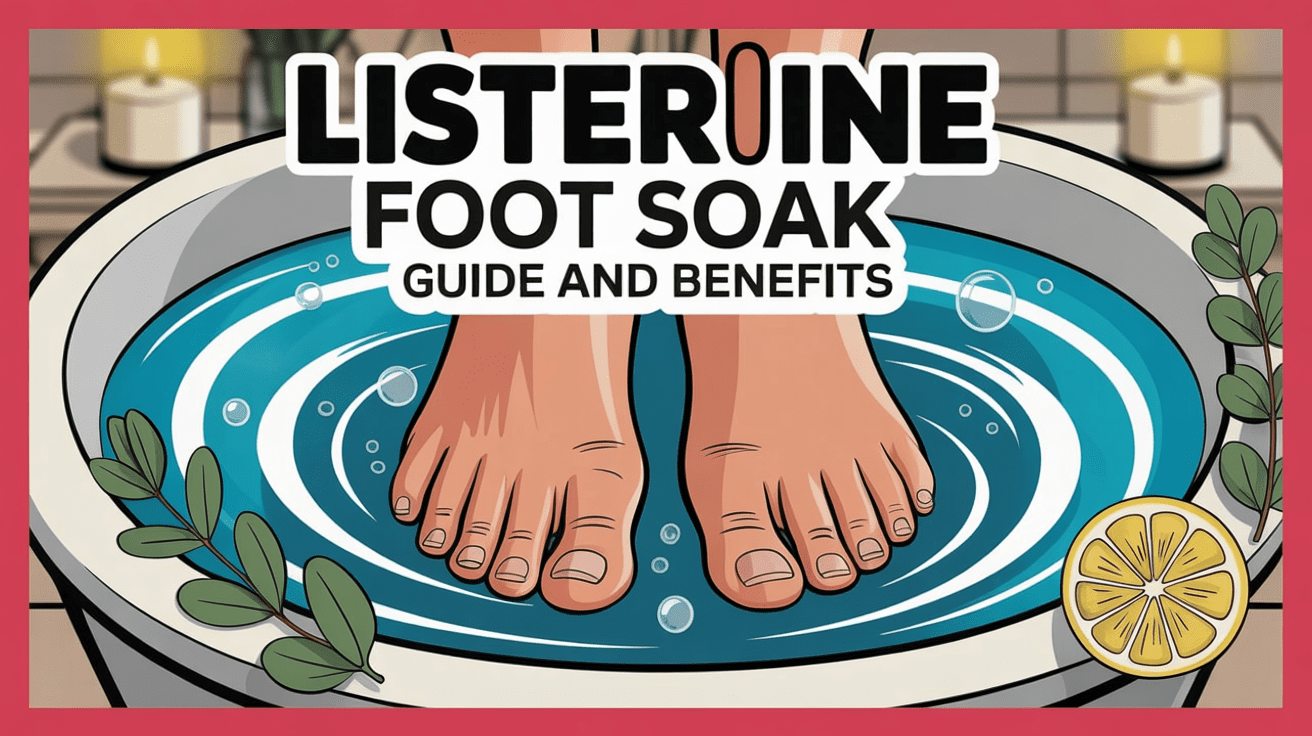If you’re wrestling with that frustrating urge to move your legs just when you’re trying to wind down, you know how much it messes with your sleep. But what if there was a straightforward way to find some relief? Compression therapy could be exactly what you’re looking for.
Picture this: wearing specialized compression socks for a couple of hours before hitting the hay. It targets specific spots and gives your circulation a boost. This isn’t the only piece of the puzzle, of course, but combined with smart habits, it could seriously cut down on those uncomfortable sensations that keep you tossing and turning. Let’s explore how this approach fits into taking control of your restless legs.
Understanding Restless Legs Syndrome: Causes and Symptoms
So, what exactly is going on? We’re talking about Restless Legs Syndrome (RLS), which is a neurological condition. It creates this incredibly strong desire to move your legs, especially when you’re resting or just not active.
If you deal with RLS, you’re likely familiar with those weird, unpleasant feelings in your legs – maybe they feel like they’re crawling, tingling, or aching. The kicker is, moving your legs is the only thing that seems to make it better.
Scientists are still working to understand the precise cause of RLS, but some things definitely seem to make you more susceptible. It can run in families, so genetics play a role. Being low on iron, or being pregnant, can also increase your chances of developing it.
Certain medications, or even just your evening coffee or glass of wine, can trigger or worsen symptoms. You’ll probably notice these sensations really amp up in the evening and at night, making it incredibly tough to fall asleep or stay that way. RLS can show up in anyone, but it’s most often seen in middle-aged and older adults.
The Science Behind RLS and Sleep Disruption
When those RLS symptoms flare up at night, it kicks off a whole cascade of events in your brain that completely throws your natural sleep cycle out of whack. Your brain’s dopamine levels naturally fluctuate throughout the day, and they tend to dip in the evening – right when you’re ready for bed. This timing seems closely linked to why symptoms worsen at night.
If you’re struggling with disrupted sleep because of RLS, you are definitely not alone. Researchers have pinpointed four key ways RLS messes with your precious sleep time:
- It takes you longer to fall asleep because of the irresistible urge to move your legs.
- You wake up frequently, especially during lighter stages of sleep.
- You spend less time in the crucial, deep, restorative sleep phases.
- Sleep deprivation ramps up your stress response, creating a vicious cycle.
Your body’s internal clock, your circadian rhythm, is tightly connected to RLS symptoms. When you can’t stick to a consistent sleep pattern, your body’s timing gets confused. This creates a tough cycle that’s really hard to break unless you actively work on managing your symptoms.
The Game-Changing Compression Method
Here’s where we talk about a potential breakthrough for folks dealing with RLS. It involves strategic compression therapy that focuses on specific areas in your legs.
Relief can come from wearing specialized compression socks or sleeves. These aren’t just any socks; they’re designed to apply gradual pressure, starting at your ankles and moving up your calves. How does this help? It works by boosting blood circulation and helping to reduce those uncomfortable feelings that keep you restless.
Many people who struggle with RLS have found that simply wearing these compression garments for just a few hours before going to bed can significantly dial down their symptoms.
You’ll want to pick out compression gear with a rating typically between 15 and 20 mmHg for the best effect. And honestly, one of the great things about this approach? Unlike certain medications, there’s no risk of dependency or worrying about serious side effects. This simple yet effective technique has become a real solution for many people looking to better manage their RLS symptoms.
Natural Remedies and Lifestyle Modifications
Finding relief from RLS isn’t just about medical treatments; there are plenty of natural remedies and lifestyle adjustments that can make a big difference. You can definitely find significant relief through these approaches, either on their own or by using them alongside traditional methods.
Try to set and stick to a consistent sleep schedule. Build a relaxing routine before bed that might include a warm bath, some gentle stretching, or even a little meditation.
Boosting your intake of iron and magnesium can be helpful. You can do this through supplements or by eating foods rich in iron like spinach, lentils, and lean meats.
Staying active during the day is good, but aim for moderate exercise. Just avoid really intense workouts close to bedtime, as that can sometimes stir up symptoms.
Also, do your best to remove common triggers from your daily habits. This means cutting back or eliminating caffeine, alcohol, and nicotine, especially as the evening approaches. Many RLS sufferers have successfully reclaimed their peaceful nights using these natural strategies.
Creating the Perfect Bedtime Routine
Getting your bedtime routine right is absolutely crucial for sleep quality, and it’s especially important to design one that directly addresses your RLS symptoms.
First things first, establish a consistent sleep schedule that you follow every single night, without fail, even on days off.
Aim to start winding down about 90 minutes before you plan to go to sleep. Use this time for some gentle stretching or yoga poses, focusing specifically on your legs.
Next, take a warm bath or shower. The slight drop in body temperature afterward can actually help signal to your body that it’s time to sleep.
Start dimming the lights around your home, and try to avoid screens. If you must use devices, make sure you’re using blue light filters.
Incorporate relaxation techniques. Try deep breathing exercises or progressive muscle relaxation, paying close attention to releasing tension in your legs. Finally, make sure your bedroom environment is ideal for sleep: cool, dark, and quiet. Many people with RLS find these conditions really help keep nighttime symptoms in check.
Long-Term Management Strategies for RLS
Effectively managing Restless Legs Syndrome requires a comprehensive, ongoing approach. There’s no quick fix, so you need strategies that work over time.
You’ll need to commit to making lifestyle changes and potentially working with a healthcare provider for consistent medical care. The goal is to effectively control your symptoms and significantly improve your quality of life.
Here are some proven strategies to help you achieve lasting relief from RLS:
- Get regular exercise, but make sure to do it earlier in the day, like the morning or early afternoon. This avoids stimulating your legs too close to bedtime.
- Keep your sleep patterns consistent by going to bed and waking up around the same time every single day.
- Keep a diary of your symptoms. Tracking when they occur and what might be happening around that time can help you identify and avoid your specific triggers.
- Work closely with your doctor. Together, you can develop a personalized treatment plan. This might involve adjusting medications, if you take them, or recommending supplements like iron or magnesium if you’re deficient.
Frequently Asked Questions
Can Pregnancy Trigger Temporary RLS, and Does It Go Away After Delivery?
Yes, it’s pretty common to develop Restless Legs Syndrome during pregnancy, often in the final trimester. Don’t worry too much; for most women, the symptoms will clear up relatively soon after giving birth.
Is Restless Legs Syndrome Genetic, and What’s the Likelihood of Passing It On?
It’s true, RLS frequently runs in families. If you have the condition, there’s roughly a 40% chance you might pass it on to your children. Genetics certainly play a significant role here.
Do Certain Blood Pressure Medications Make RLS Symptoms Worse?
Yes, some blood pressure medications can potentially worsen RLS symptoms. Specifically, you might want to be aware of beta blockers and calcium channel blockers. If you’re taking these and notice increased leg discomfort, definitely talk to your doctor.
Can Children Develop Restless Legs Syndrome, or Is It Only Adult-Onset?
Children can absolutely develop RLS at any age. While it is more frequently diagnosed in adults, about 2% of kids experience it, and it often seems to run in families in these cases too.
Does Having Varicose Veins Increase the Risk of Developing RLS?
You are indeed more likely to experience RLS if you have varicose veins. This connection might be because varicose veins can impact circulation in your legs. It’s certainly worth discussing with your doctor, as sometimes treating the varicose veins can help ease RLS symptoms.









